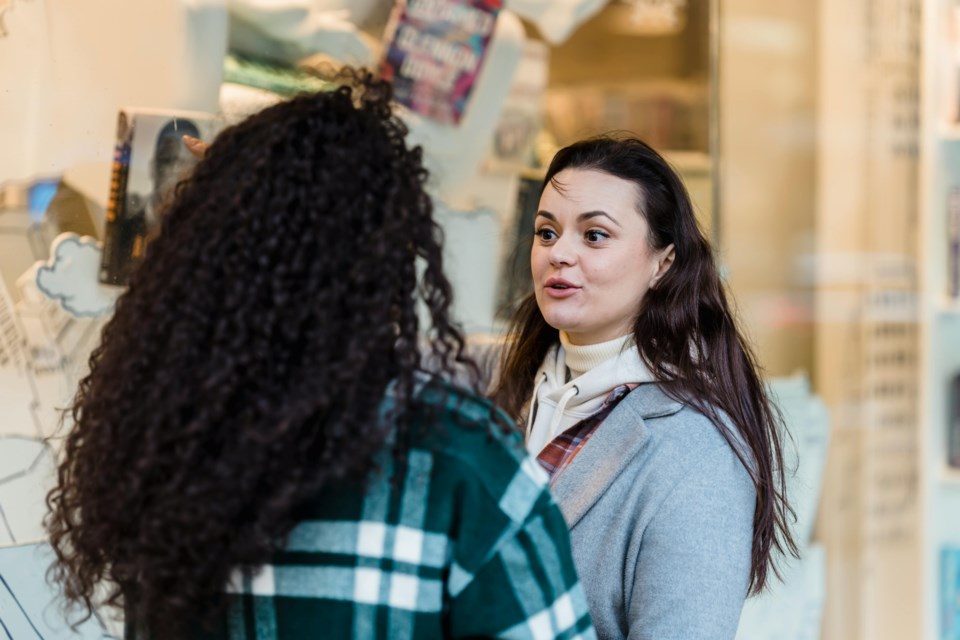When people think about American accents, they often picture a strong Southern drawl or a bold Boston twang. But what about Colorado? Many folks believe there's no such thing as a "Colorado accent" — but that’s not exactly true. While it may not be obvious or dramatic, linguists say Coloradans do speak in a unique way. Let's take a closer look at how people from the Centennial State really talk.
What Makes an Accent?
Most people think an accent means a strong or unusual way of speaking, but that’s not always the case. Everyone has an accent—it’s just that some are more noticeable than others.

How Linguists Define an Accent
Linguists define an accent as the way people pronounce words based on where they’re from. It’s a natural part of speaking and can tell a lot about a person’s background. An accent is not the same as a dialect, which also includes grammar and vocabulary. Accents are only about sound—how the words come out of your mouth.
In other words, when we talk about a “Colorado accent,” we’re talking about the sound of the words, not how people use different words or phrases. Even if it seems like someone speaks “normally,” they still have an accent shaped by their community and history. Linguists study these patterns to understand where changes come from and what they say about a region.
Why the Colorado Accent Is Hard to Notice
Many people think Coloradans don’t have an accent at all. That’s because it’s considered “neutral” or close to what people call Standard American English. It doesn’t have the strong sounds of a Southern drawl or the thick vowels of a Boston accent. But that doesn’t mean it doesn’t exist.
The Colorado accent is subtle, often shaped by the mix of people who moved to the state over time. Because so many residents came from different places, their ways of speaking blended together. This has made the Colorado accent quieter and harder to spot unless you listen closely.
The Subtle Sound of Colorado
While the Colorado accent may not be loud or flashy, it’s changing in interesting ways. These small shifts in how vowels are spoken show up more in younger speakers and along busy areas like the Front Range.

The Merging of ‘Cot’ and ‘Caught’
One big change is the way people say the words “cot” and “caught.” In many parts of the U.S., these two words sound different. But in Colorado, especially among younger people, they often sound exactly the same. This is part of what’s known as a vowel shift.
This shift started in California and has slowly spread to nearby states. Because of this, it’s more common to hear “cot” and “caught” said the same way in places like Denver or Boulder. It’s a small change, but it’s one of the ways the Colorado accent is becoming its own thing.
The “Bit, Bet, Bat” Vowel Shift
Another change happens with the words “bit,” “bet,” and “bat.” In some parts of Colorado, these words are starting to sound closer together. For example, “bit” might sound like “bet,” and “bet” might sound like “bat.” It’s not always easy to hear, but it’s there.
This shift also connects to the California vowel trend and shows up more in younger speakers. You’ll likely hear it in cities along the Front Range where people from many backgrounds live. These tiny shifts make the Colorado accent more unique than most people realize.
Words That Sound Different in Colorado
Certain words stand out in the Colorado accent, especially when it comes to how locals pronounce familiar names. These differences might be small, but they tell a story about where someone is from and how deeply they’re connected to the state.

Saying ‘Coyote’ and ‘Colorado’ the Local Way
In Colorado, many locals say “coyote” with just two syllables—“kai-ote”—instead of the more common three-syllable version, “kai-o-tee.” This two-syllable way is popular in rural areas and among older residents. It’s also shared with people in parts of Wyoming, which shows a regional link. The three-syllable version is more common among people from other parts of the country.
The state’s name also changes depending on who’s saying it. Natives often say “Color-ad-o,” with a short “a” like in “rat,” while newcomers might say “Color-ah-do,” with a longer “ah” sound. This small difference can help locals spot who grew up in the state and who didn’t.
Common Local Speech Patterns
There are also speech quirks that Coloradans share, like the “positive anymore” sentence style. For example, someone might say, “Kids all have phones anymore,” meaning these days, kids usually have phones. This way of speaking isn’t common everywhere, but you’ll hear it in Colorado and other parts of the West.
These patterns may not stand out at first, but they’re part of what gives Colorado speech its flavor. Whether it’s vowel changes or sentence structure, these small details show how language continues to evolve in the state.
Conclusion: The Quiet Charm of the Colorado Accent
The Colorado accent might not be as bold as others, but it has its own quiet charm. From soft vowel shifts to unique local word choices, it reflects the state's mix of cultures and changing communities. Even if it's hard to hear at first, the Colorado accent is real—and it's still growing and shifting with each new generation.



